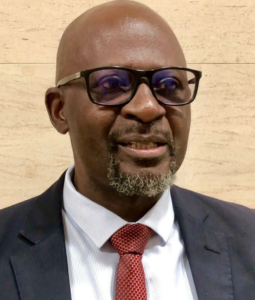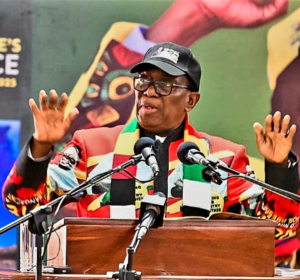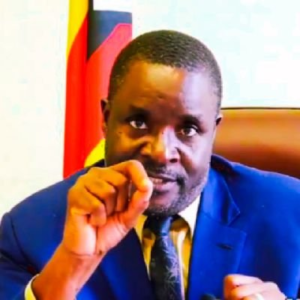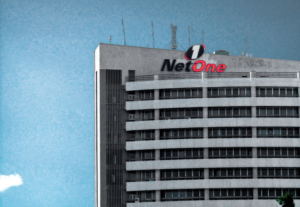PRESIDENT MNANGAGWA’S STRATEGIC DISPLAY AHEAD OF SADC SUMMIT

In a striking example of political theater, Zimbabwean President Emmerson Mnangagwa is set to showcase his nation’s hospitality and infrastructural progress at the forthcoming Southern African Development Community (SADC) summit scheduled for this August in Harare. With an ambitious array of infrastructure upgrades, including the refurbishment of roads and the construction of new villas, Mnangagwa’s government is sparing no expense. The crowning jewel of these preparations is the hosting of regional leaders either at the architecturally stunning new Parliament Building in Mount Hampden or at the luxuriously renovated Hyatt Regency Harare/The Meikles, previously known as Meikles Hotel.
This display of grandeur comes at a pivotal time for Mnangagwa, following a controversial electoral victory last year that failed to gain the endorsement of fellow SADC leaders. With his political legitimacy in question, these elaborate preparations go beyond simple acts of hospitality; they are a deliberate strategy to curry favor and reinforce his standing within the regional bloc. However, this strategy raises critical questions about the governance priorities not just in Zimbabwe but in other regimes facing similar predicaments globally.
Throughout the world, leaders often engage in such grand gestures to project an image of stability and prosperity under their reign, particularly when facing domestic and international criticism. The hope is that these displays will garner international validation, subsequently boosting their political prestige and influence both locally and internationally.
Yet, this strategy can often come at a high cost to the very citizens these leaders vow to serve. In Zimbabwe, as in other places where such tactics are employed, the prioritization of infrastructural spectacle over essential public services like healthcare, education, and social welfare highlights a disturbing misalignment of priorities. This divergence often exacerbates the hardships faced by the populace, where the visual majesty of new constructions contrasts sharply with the deteriorating conditions of everyday life.
The consequences of such governance are multifaceted and deeply concerning. While the nation may temporarily shimmer on the global stage, the facade quickly fades, revealing the stark reality of neglected public needs and ongoing internal challenges. This misallocation of resources not only leads to economic inefficiencies but also creates a growing disconnect between the government and its people, eroding trust and legitimacy over time.
Furthermore, the focus on impressing international dignitaries with surface-level progress can divert attention from addressing more systemic issues such as economic inequality and infrastructural deficiencies. This can result in a widened gap between the state and its citizens, potentially fueling civil unrest and dissatisfaction.
As Mnangagwa rolls out the red carpet and polishes the façade of new buildings, the real measure of his leadership lies within the humble abodes of ordinary Zimbabweans. Sustainable and inclusive development should be the focus, where the true indicators of progress are reflected in the well-being and satisfaction of the population, rather than in the height of skyscrapers or the opulence of villas.
As SADC leaders gather in Harare, the international community and the citizens of Zimbabwe alike will be closely watching. The crucial question remains: Will this glittering display translate into genuine improvements in the lives of Zimbabweans, or is it simply another decorative layer on an unstable foundation? The unfolding scenario in Zimbabwe serves as a stark reminder of the intricate balance between governance, legitimacy, and the perception of the public, highlighting the need for a governance model that prioritizes justice, equity, and the real needs of the people.




